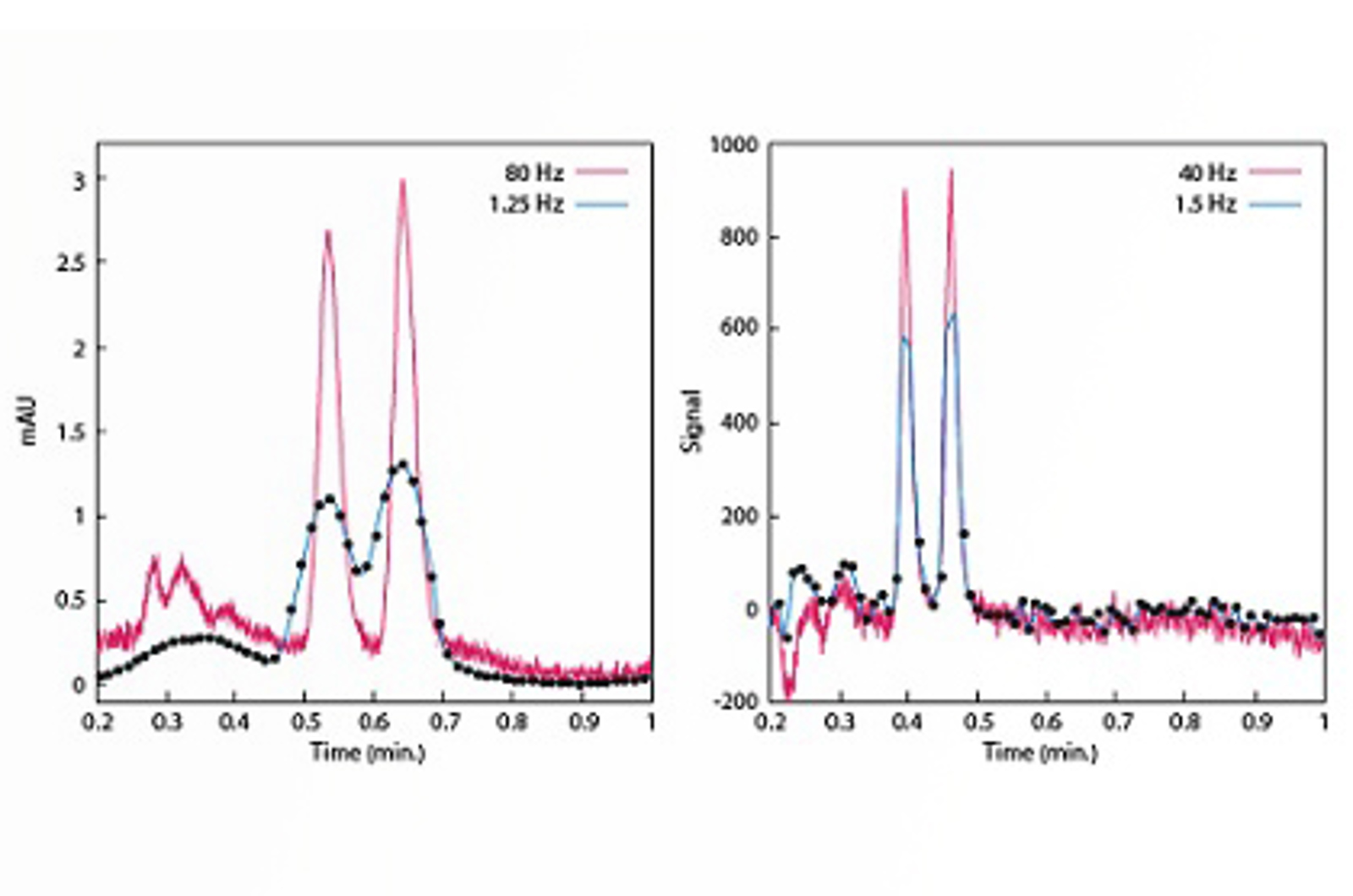GC Operator Course
The fundamental concepts of GC explained. From system set-up to shutdown. Helping to build understanding and confidence in running GC analysis. With a strong emphasis on practical technique, this course is for GC operators who need to perform error-free routine analysis to a high level of consistency, accuracy and efficiency.
15 Modules 5 Quick Guides
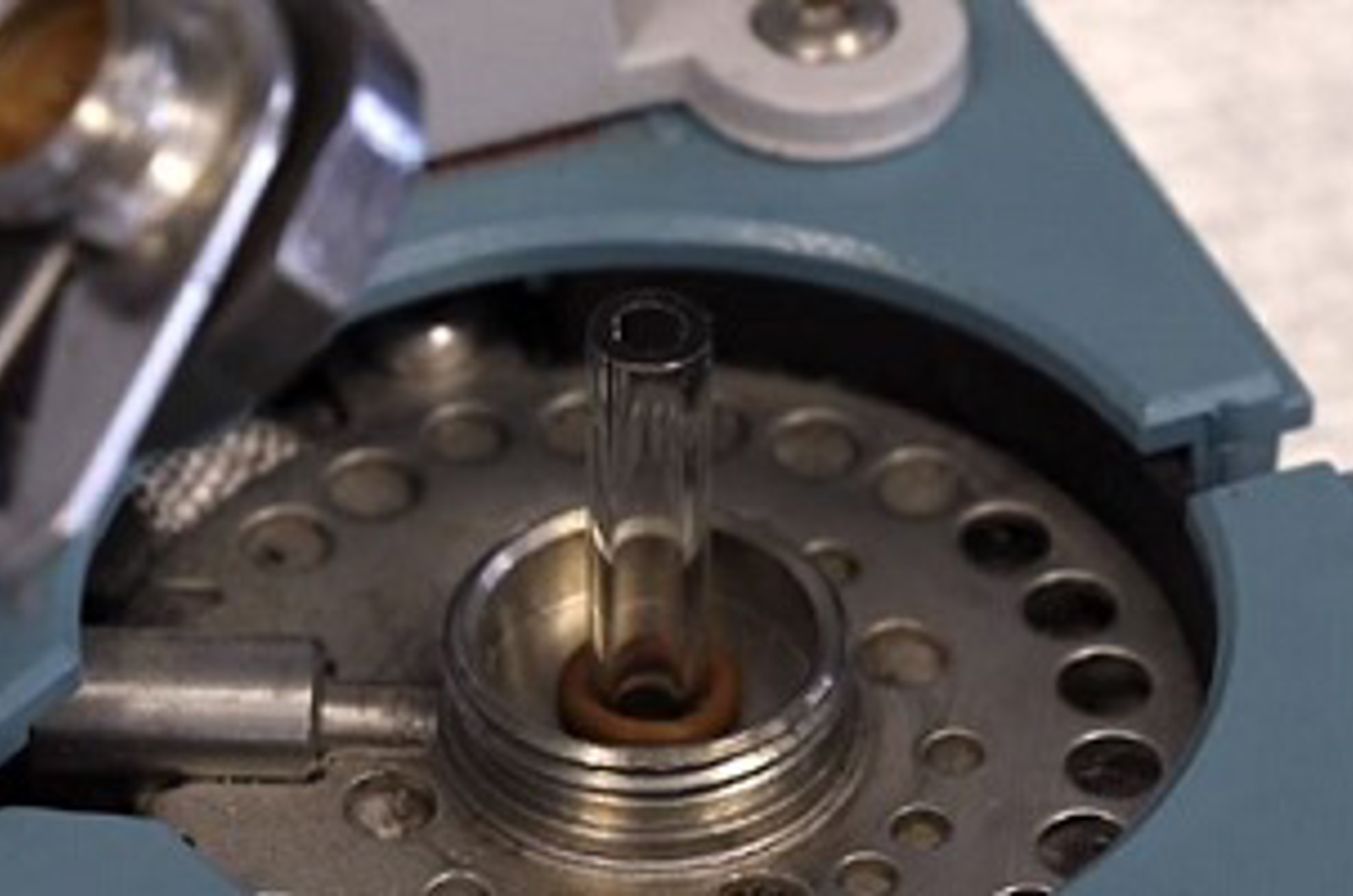
20 Items
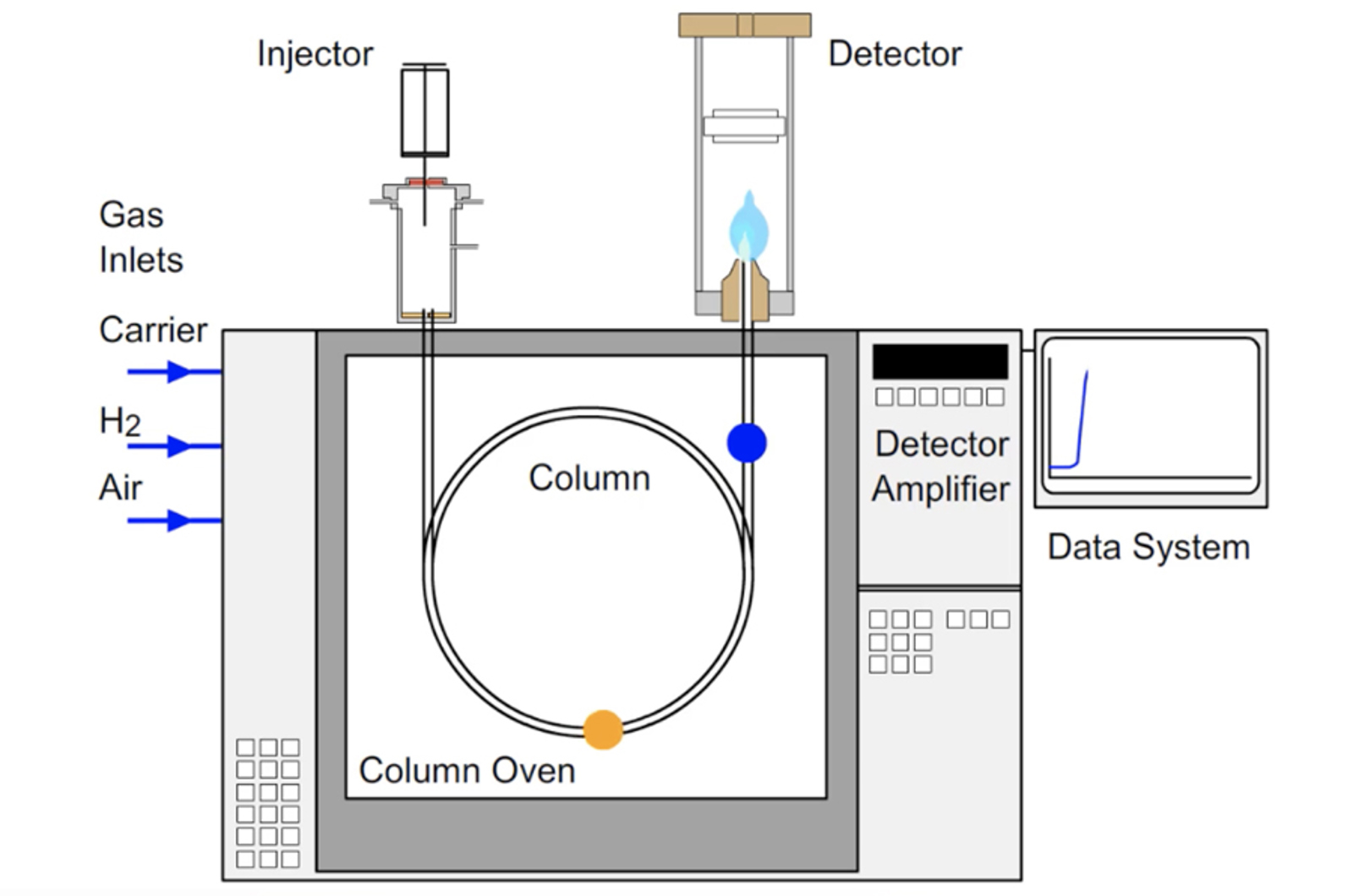
GC Introduction
This short module covers the history of gas chromatography (GC) and introduces the chromatographic process and the major components of a GC instrument. The technique is compared and contrasted with other analytical techniques such as high performance liquid chromatography (HPLC). The terms and appearance of a typical chromatogram are also explained. We will outline the fundamental basis for separation in GC, and indicate the major advantages of GC and the application areas in which it is used.
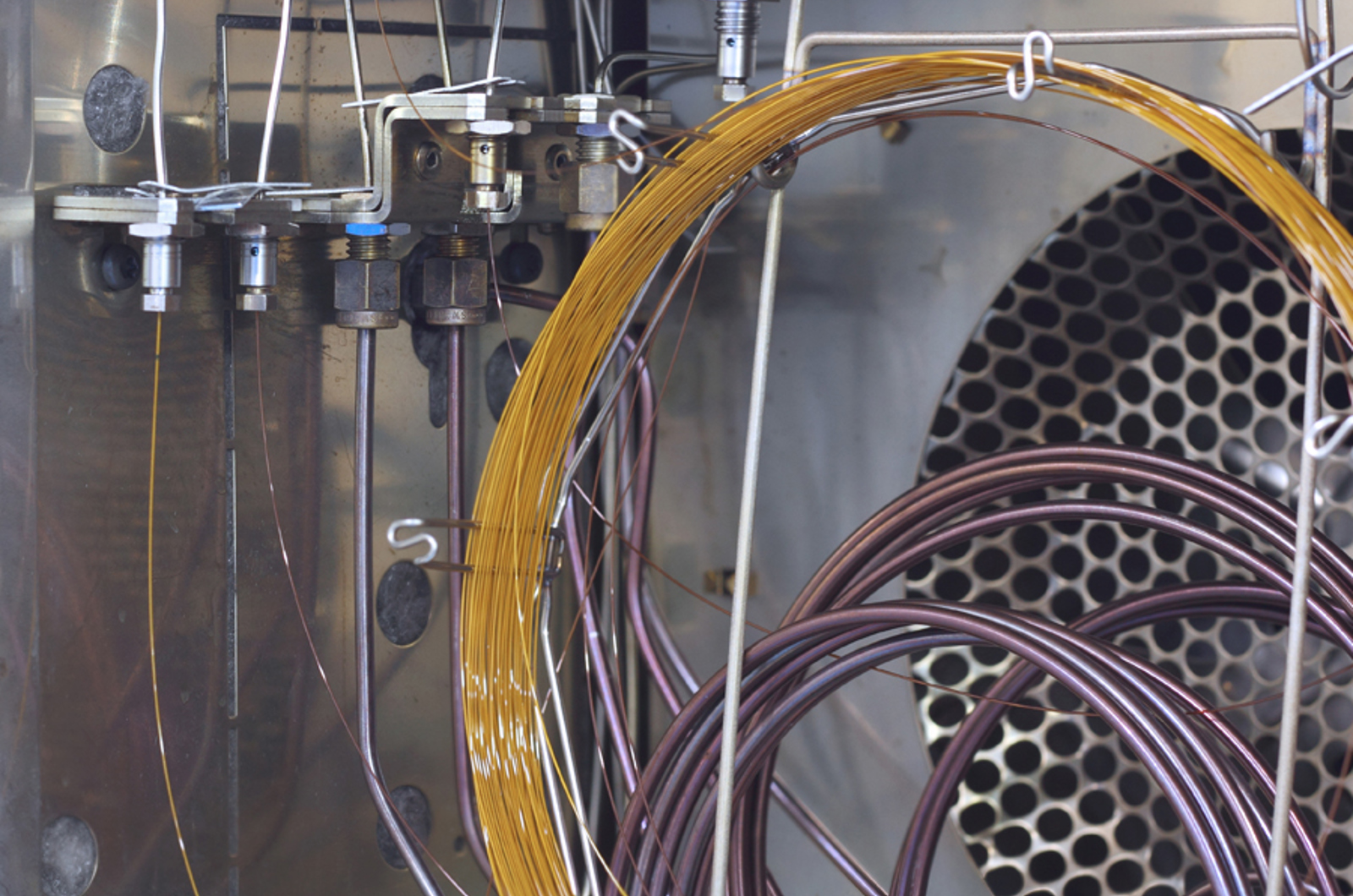
GC Method Review
When performing an analysis, we follow a written method. This contains all the instructions and settings by which the analysis is performed. For even a simple method, this requires a lot of knowledge and experience. In this module an experienced analyst walks you through all parts of a typical method, explaining all the important areas that require understanding and planning.
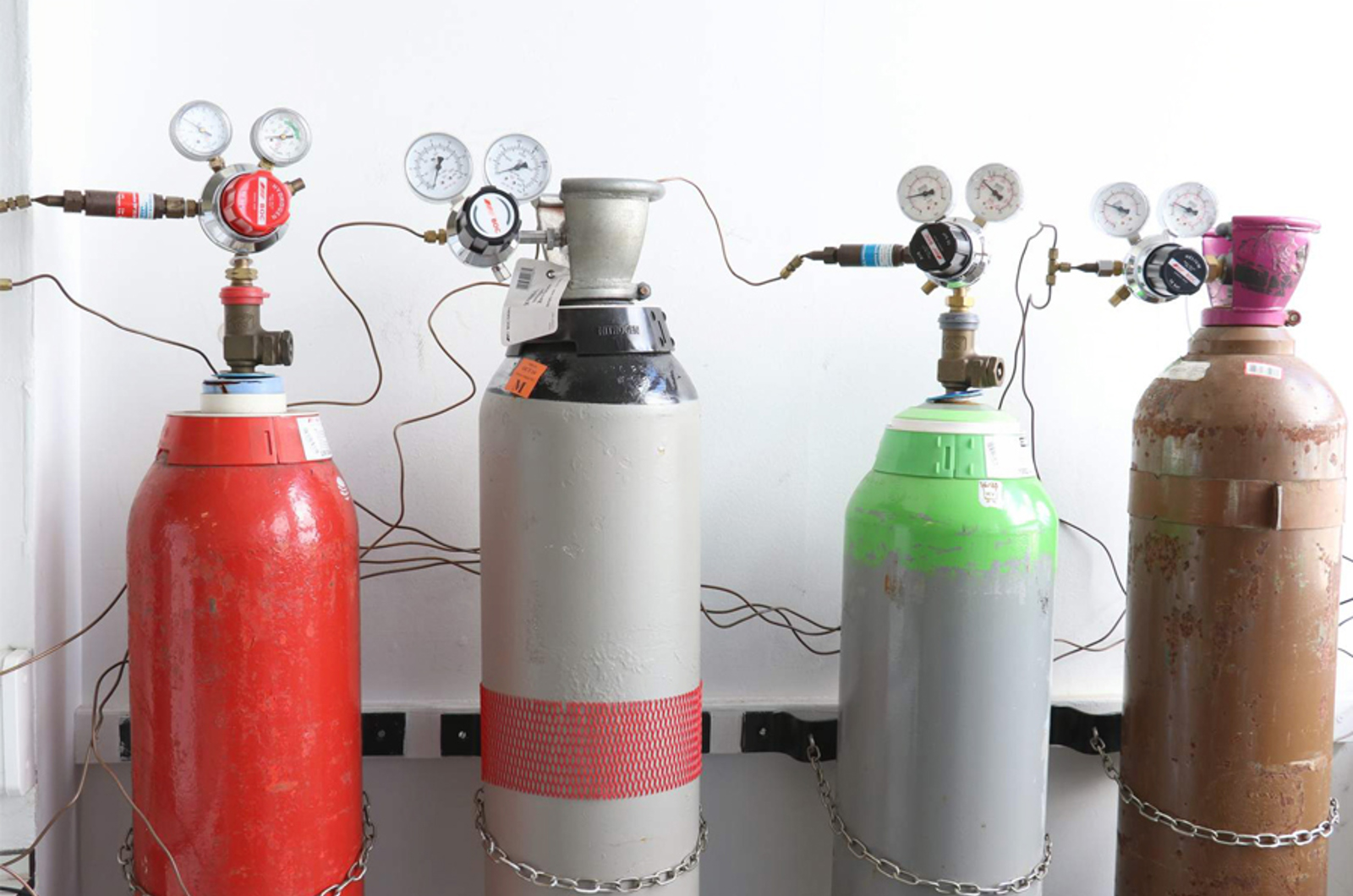
Gas Cylinders
This module will present an overview of gas cylinders, regulators, and gas supplies to the GC.
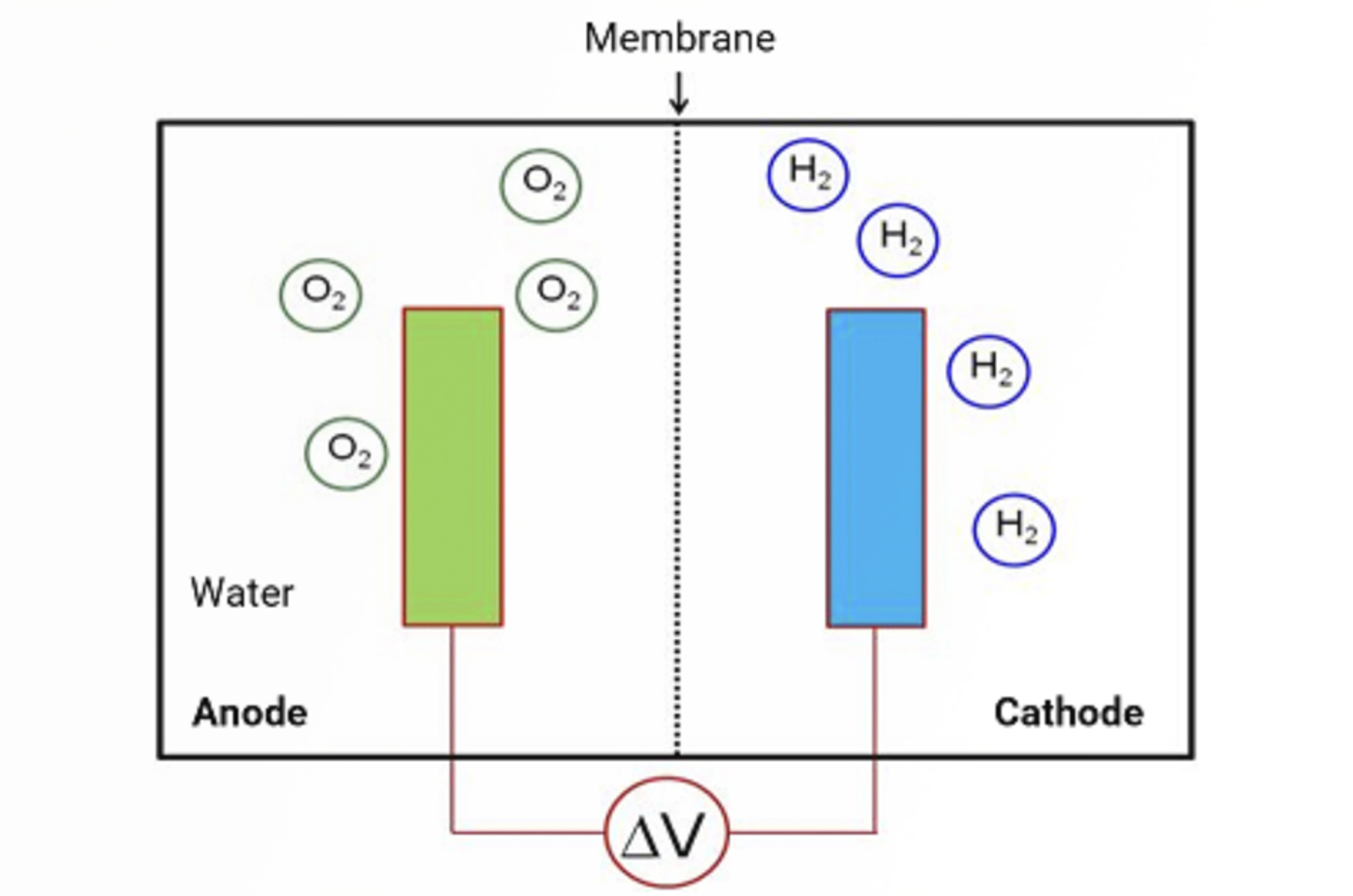
Introduction to Hydrogen Generators
Hydrogen generators offer a cheap, reliable, and safe source of hydrogen for use with GC. This module will look at the reasons why we would need to use hydrogen generators, how hydrogen is generated, and how to select the correct generator size. As well as discussing some of the common maintenance points for these pieces of instrumentation.
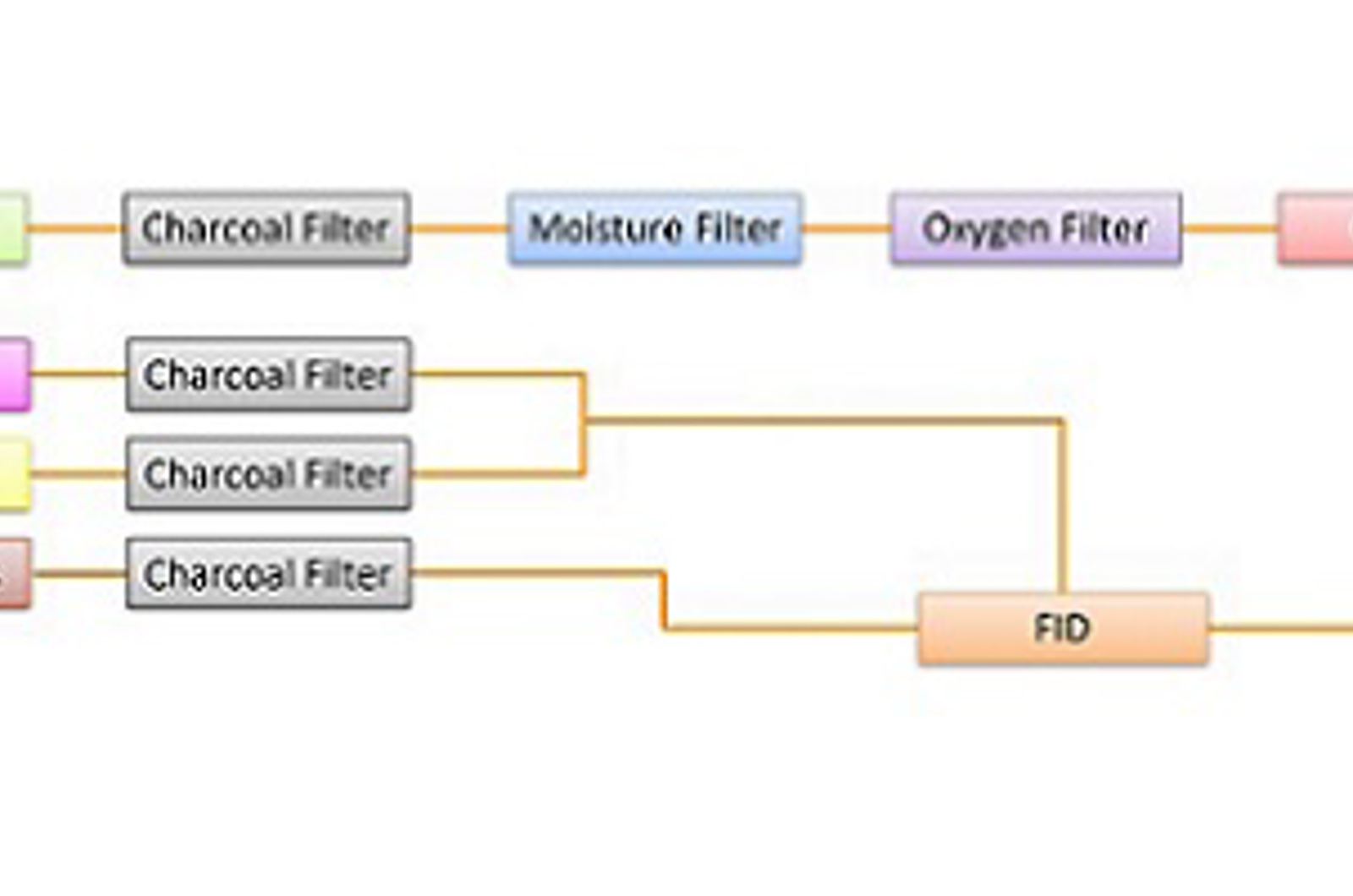
Introduction to GC Gas Filters
This module will introduce the reason for using gas filters, types of gas filter design, and correct installation and operation.
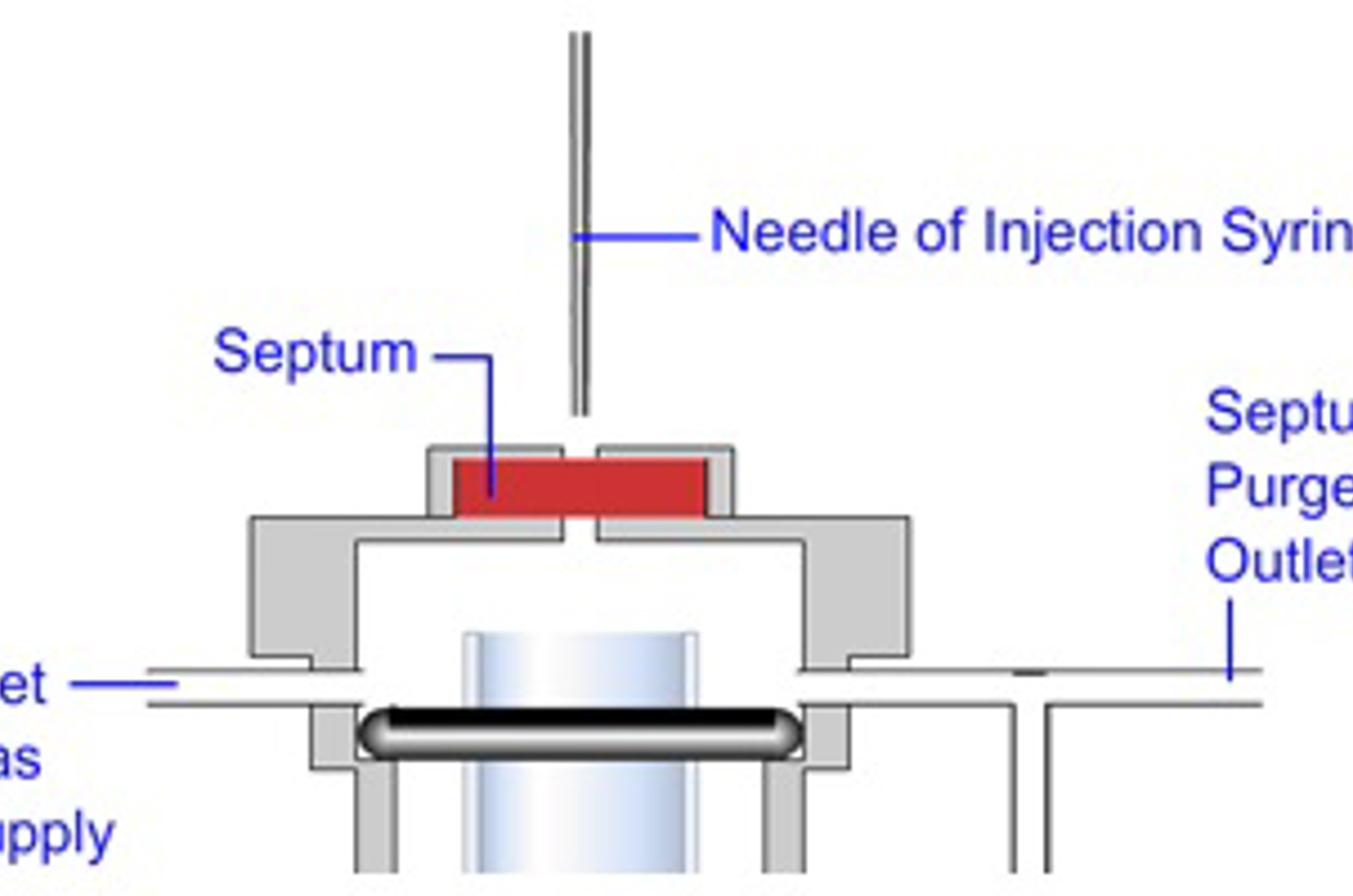
Introduction to the Split/Splitless Inlet
The most common inlet for capillary GC is known as the split/splitless inlet, which as the name suggests, can be operated in two modes, either split or splitless. This module will introduce the main components and gas flows required to operate this inlet. As well as introducing the differences between split and splitless injection.
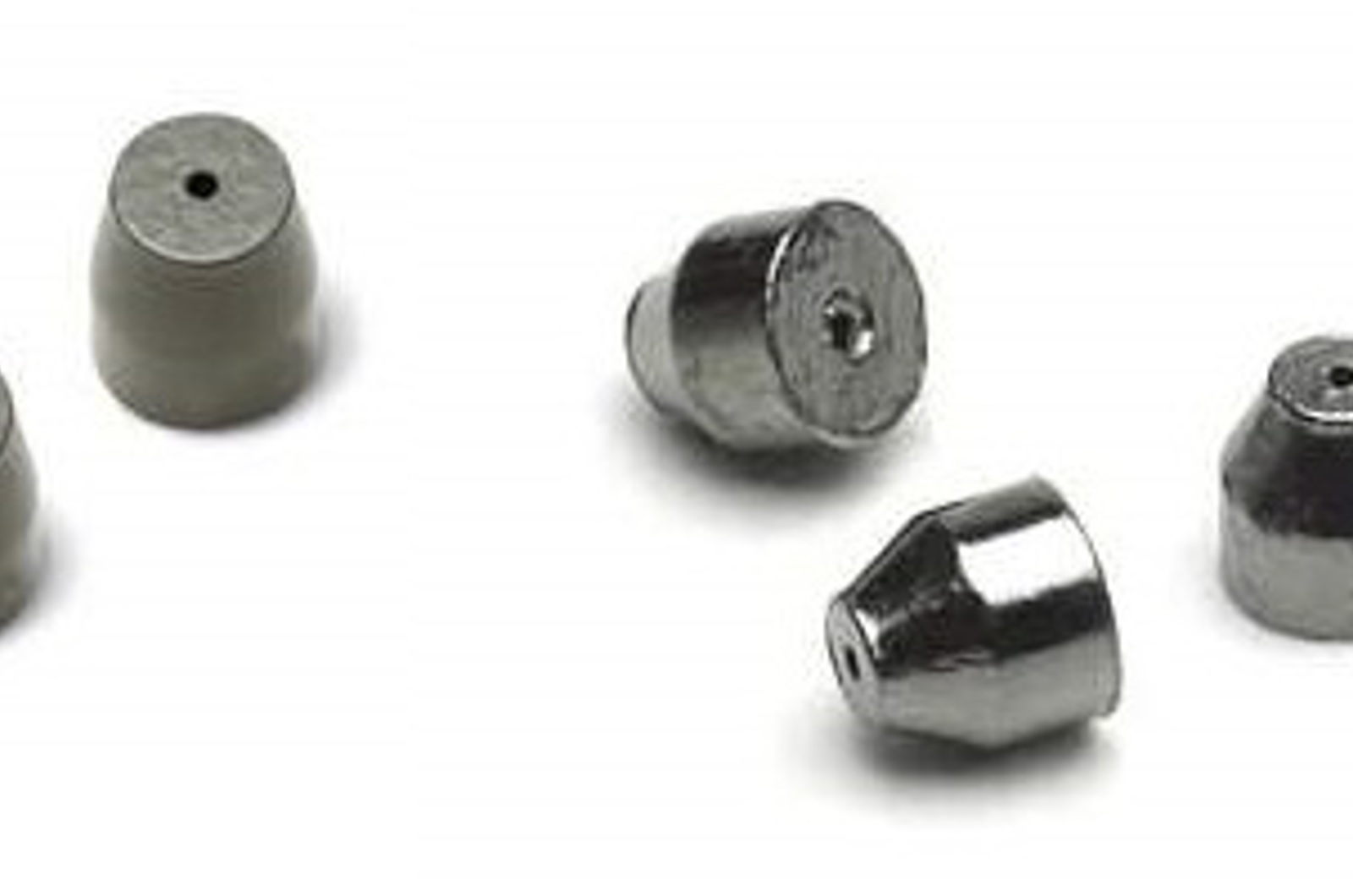
GC Ferrules
Ferrules are the small components which provide a gas-tight seal between the column and the inlet and detector fittings. These tiny items are often overlooked, but are essential in preventing leaks.
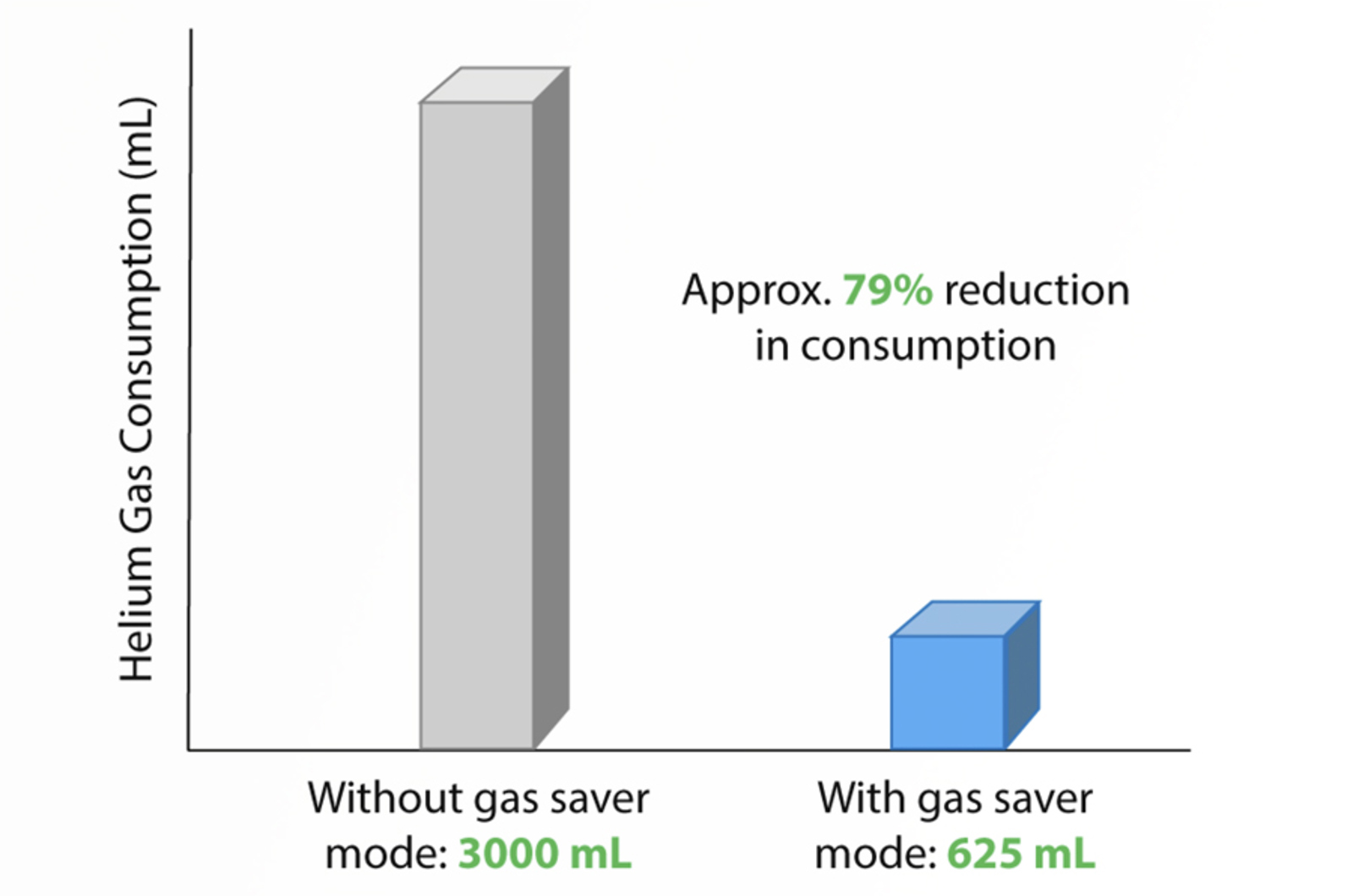
The Wonder of Gas Saver Mode
Practical GC tips and tricks to help improve your analyses. The benefits of using gas saver mode to reduce carrier gas consumption is the focus of this quick guide.
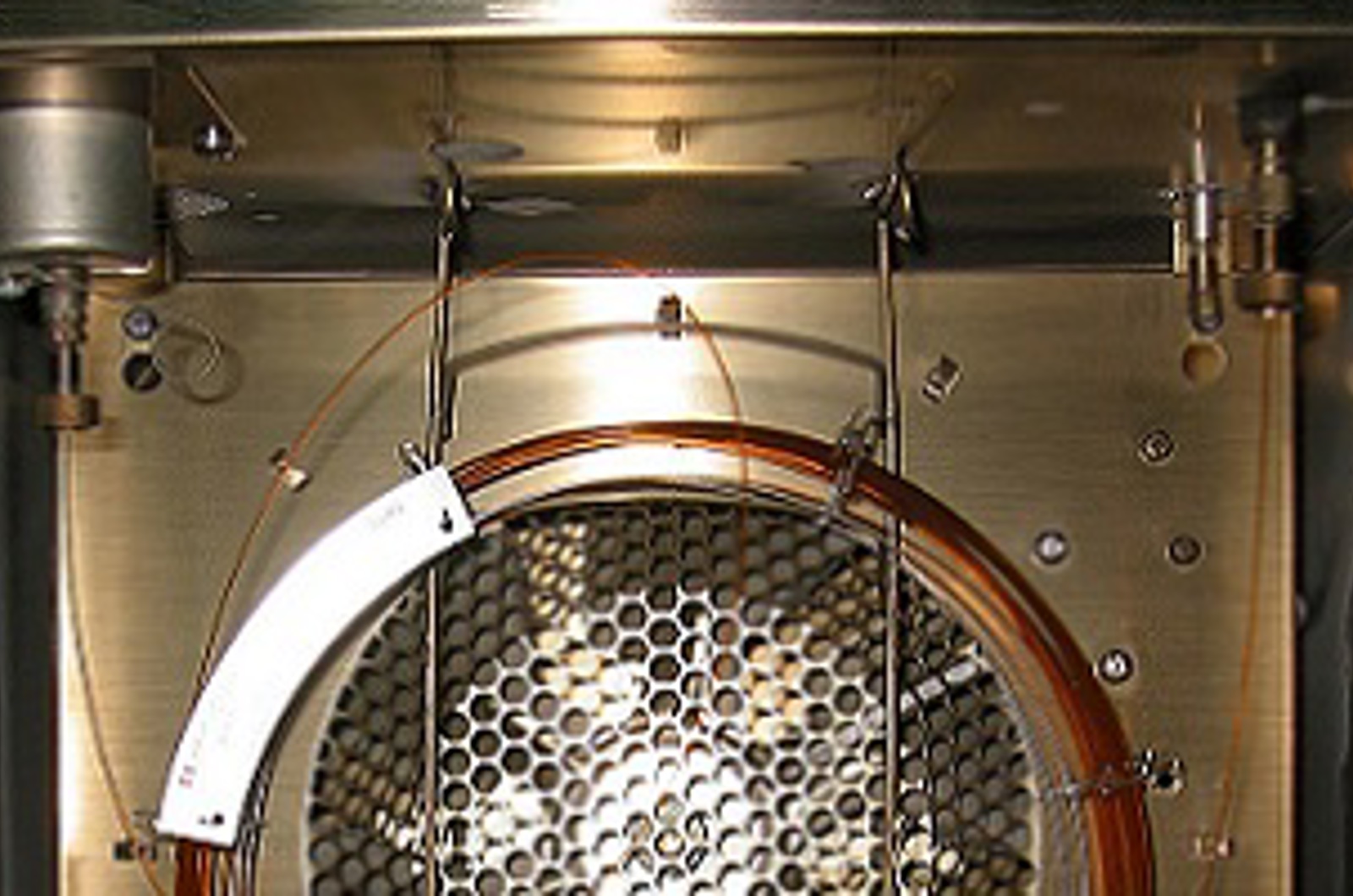
GC Oven Temperature
This module will introduce the types of GC method which are run in relation to temperature - isothermal and temperature programmed methods - and how they are selected for a particular analysis.
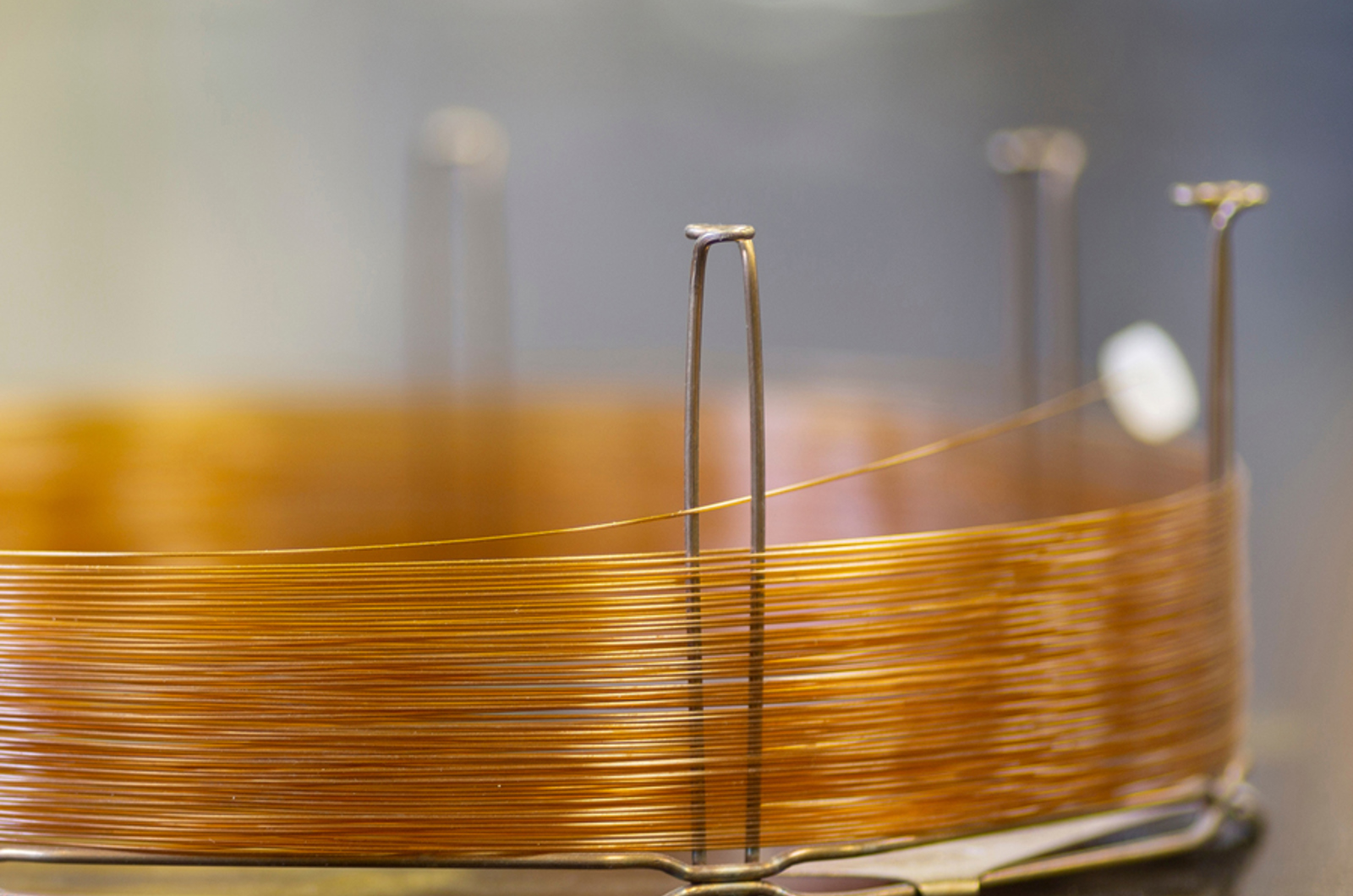
Introduction to GC Columns
The analytical column is where the separation is actually performed. This module will introduce capillary GC columns, the most common type used for GC applications. Providing guidelines on how to prepare, install, and condition a GC column for analysis.
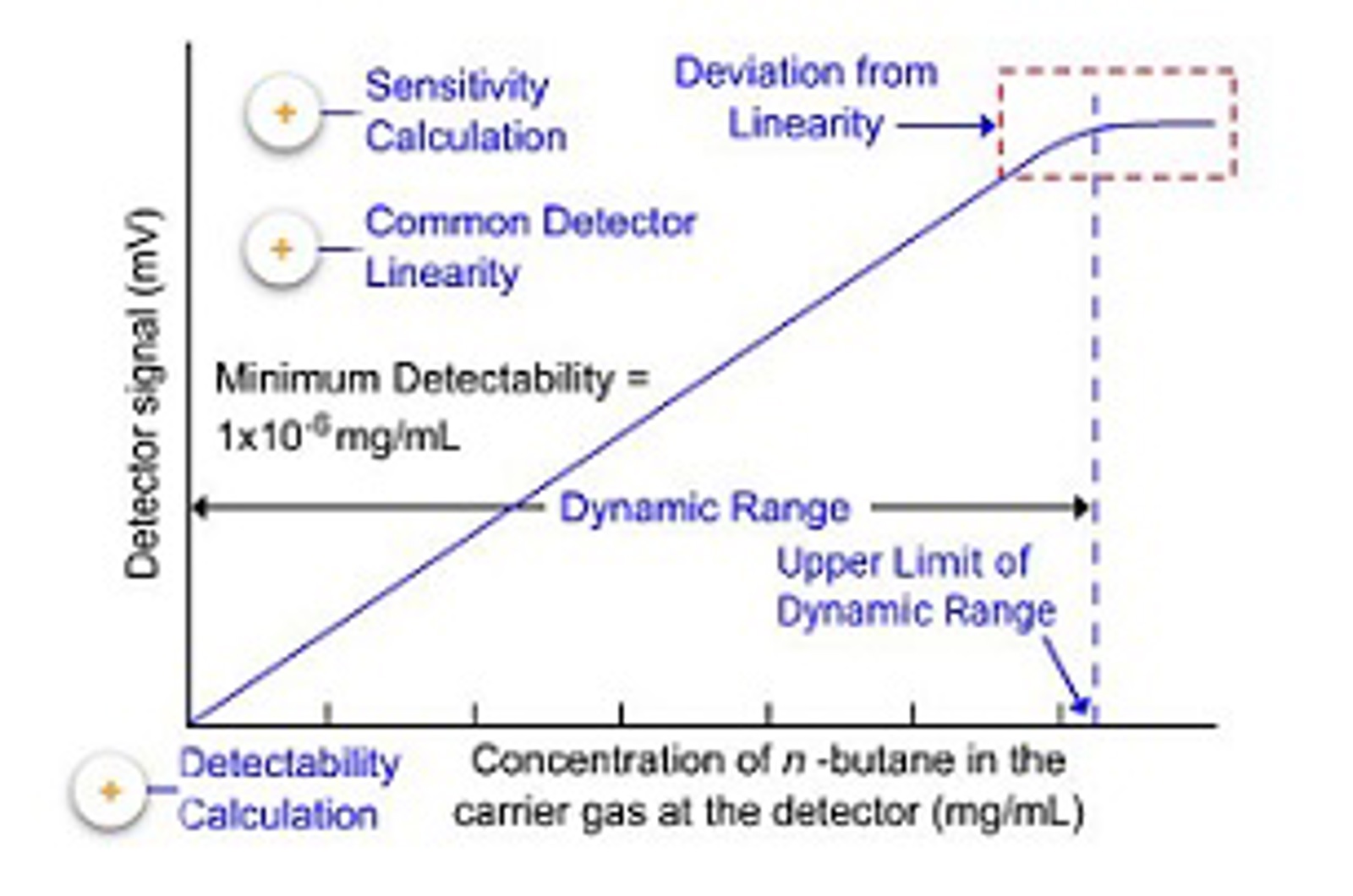
Introduction to GC Detectors
This module will provide a brief overview of GC detectors, their function, and the main characteristics that are important when considering a GC detector; such as, sensitivity, linearity, noise, and minimum detectability.
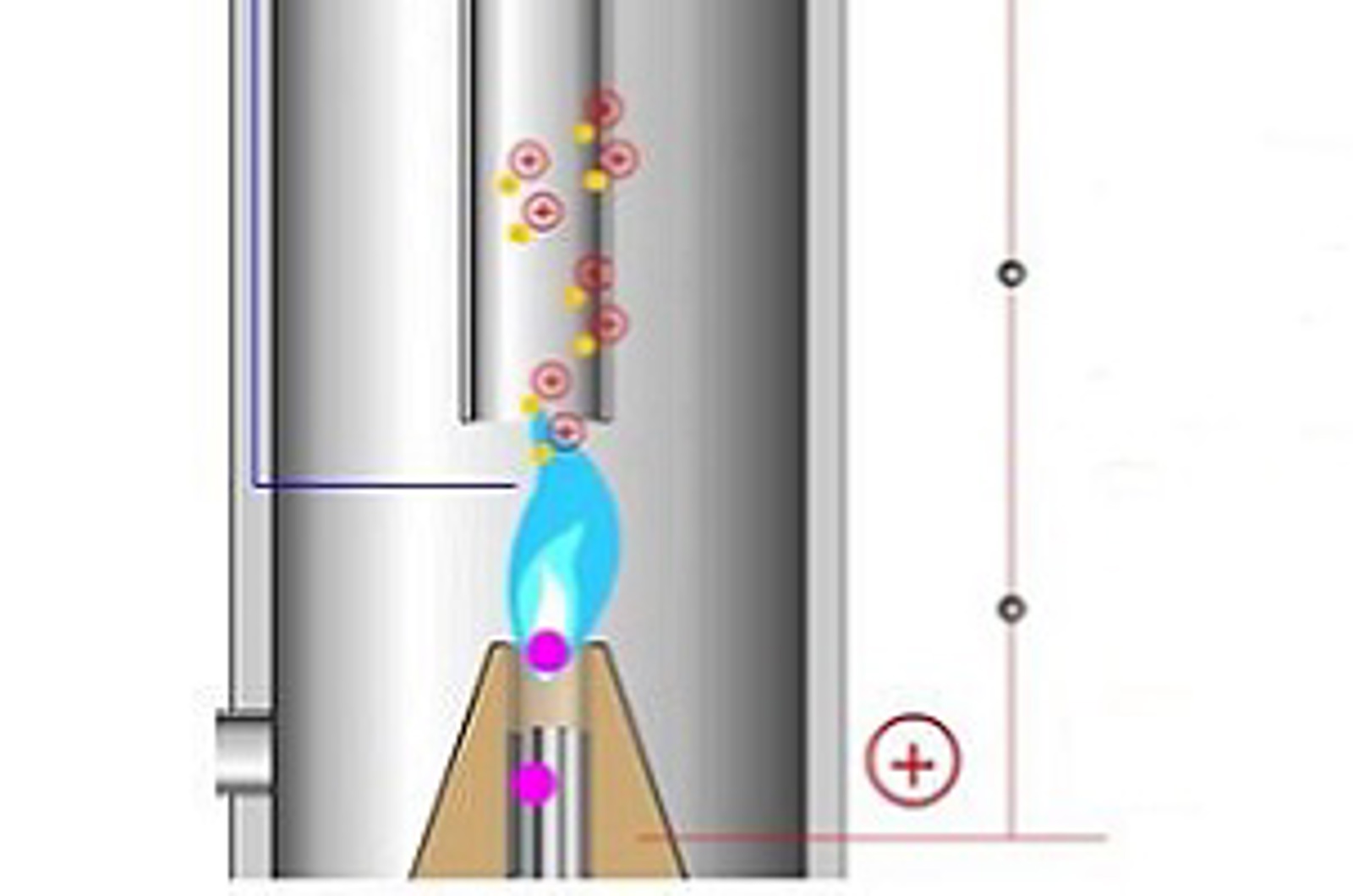
Flame Ionization Detector (FID)
This module comprehensively details the working principles of this detector, giving you the knowledge and understanding to operate and optimize the detector for your analyses.
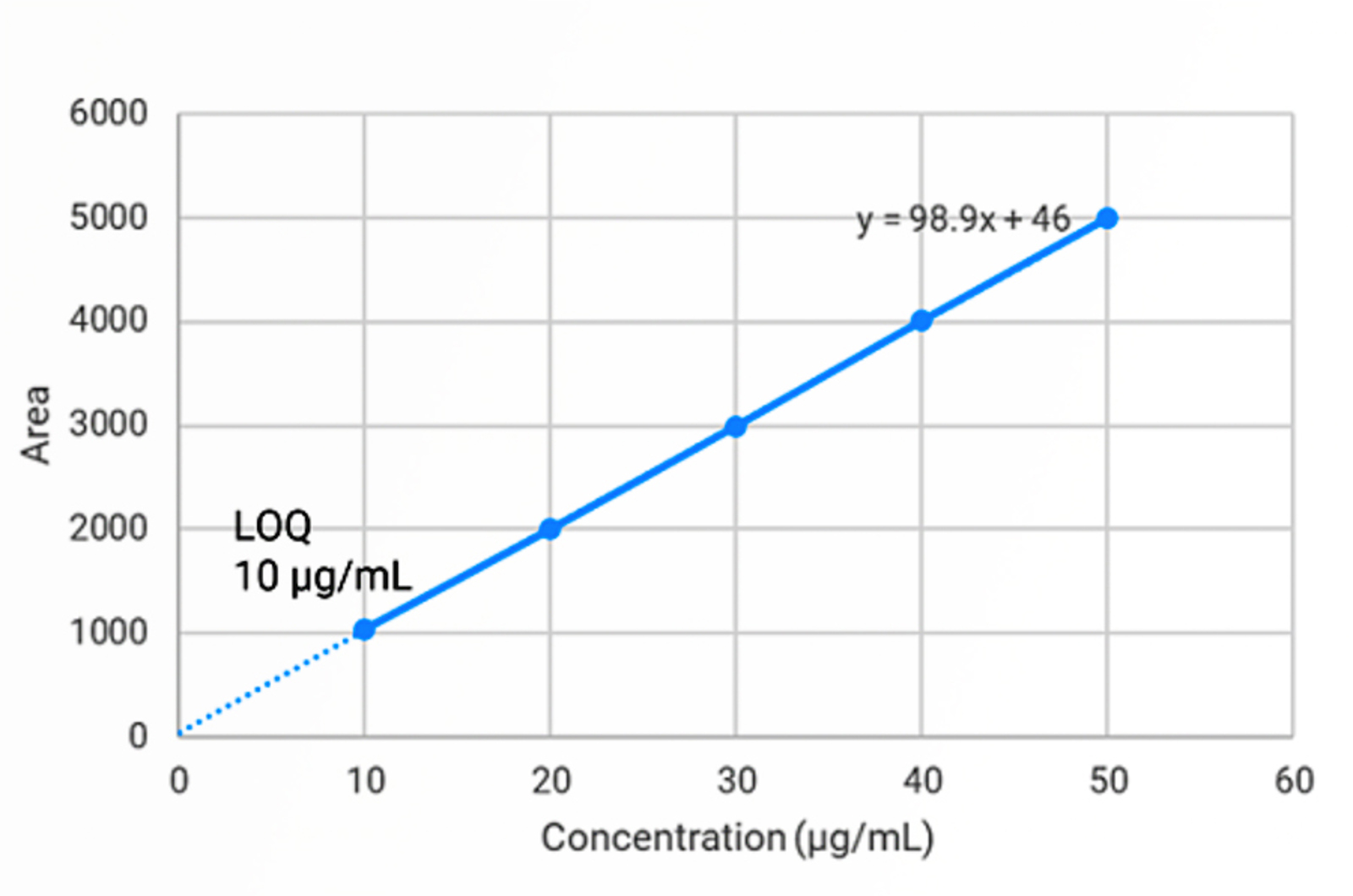
Introduction to System Suitability for Gas Chromatography
As part of that sequence, we perform additional injections which allow us to verify that the entire GC system is working correctly, this is system suitability. The actual parameters assessed during system suitability vary between companies, the type of analysis we are performing, and the method/compounds being used. This module outlines some of the common system suitability tests we see in GC analyses.

Practical GC Video Bootcamp
A step by step guide to setting up a GC instrument. From checking the cylinders, dismantling the inlet, to correctly installing a column and lighting an FID. All before shutting the instrument down correctly. This practical module uses video filmed on a GC instrument in the lab to ensure that you get the most realistic walk through of the instrument; allowing you to correctly setup your instrument every time to get the most from it and decrease down-time by avoiding common mistakes.
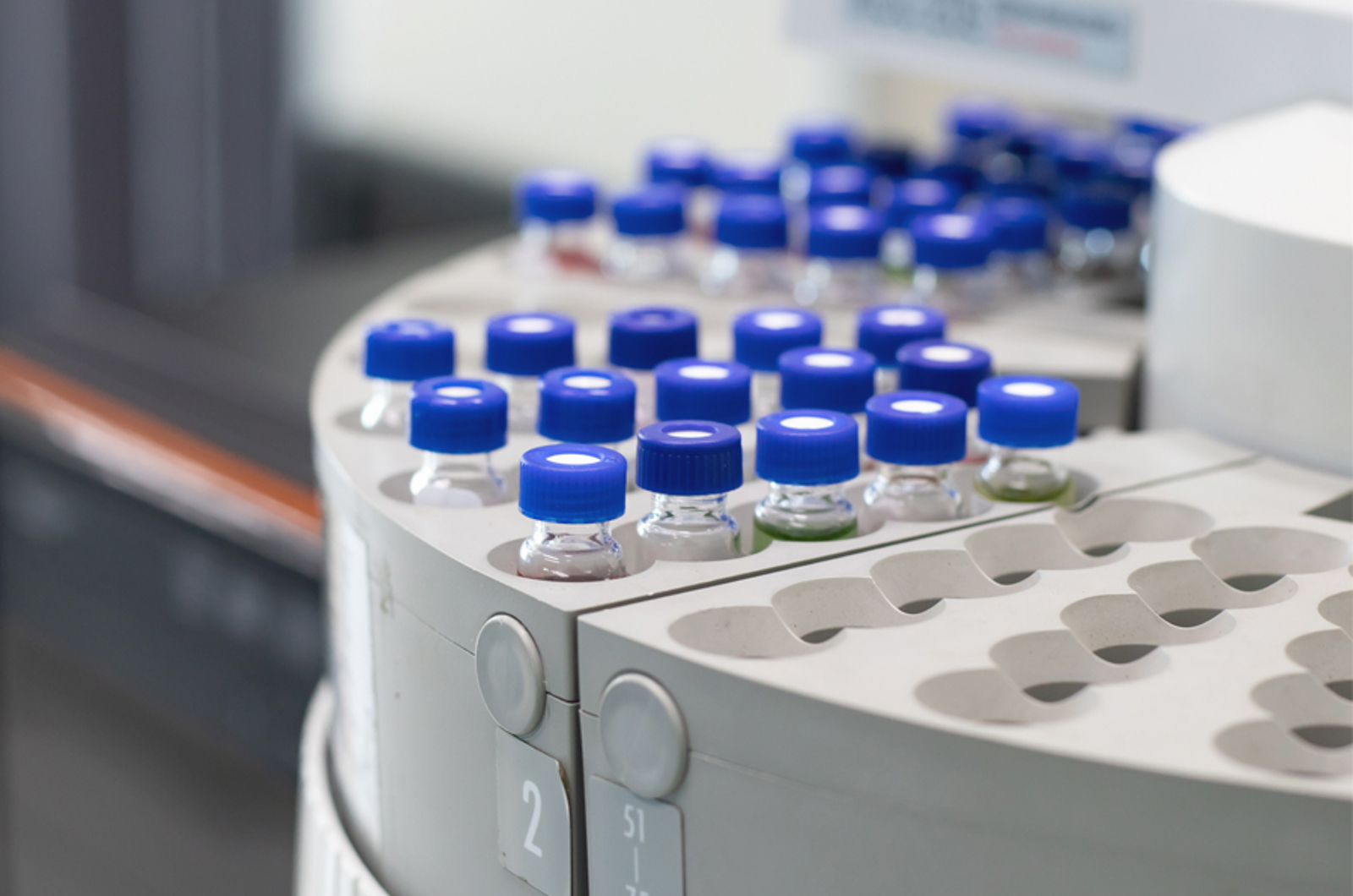
GC Autosampler Setup
Over four short videos we will look at how to correctly setup a GC autosampler. We will consider parameters that can be changed by the user, including the syringe and needle, needle wash routines, vials, injection speed, viscosity delay, and dwell time.

GC Setup Checklist
Correctly setup your GC every time and achieve the optimum results with this handy checklist.

Preparing Standards for GC
This module details the optimum technique for successfully preparing GC standards.
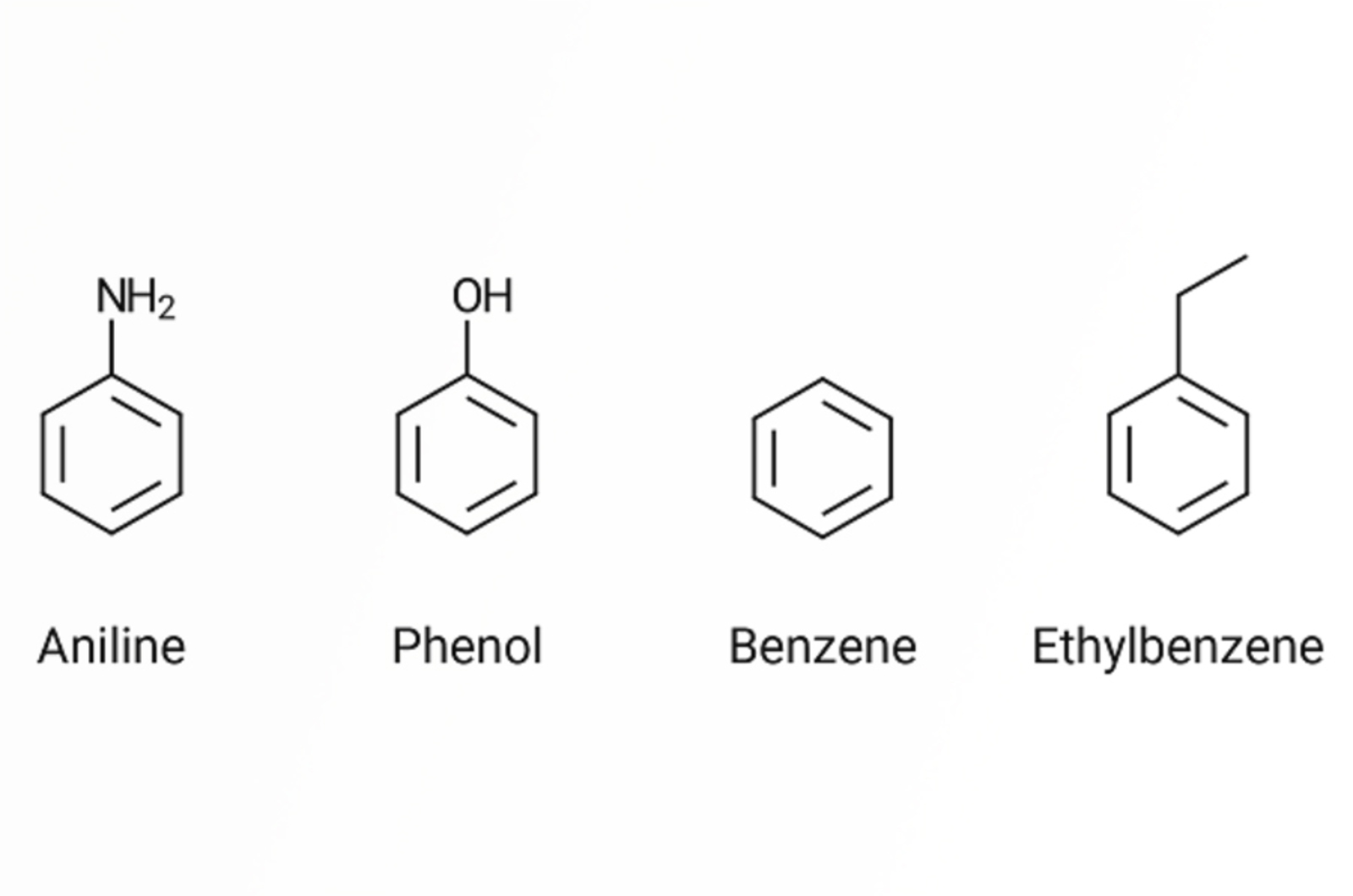
Internal Standards
Internal standards are an approach we use to improve method precision. Although our aim during method development is to always achieve methods with the best precision we can, there are certain applications that fundamentally cannot deliver good precision. This module will consider all of the practicalities of selecting and using internal standards correctly.


